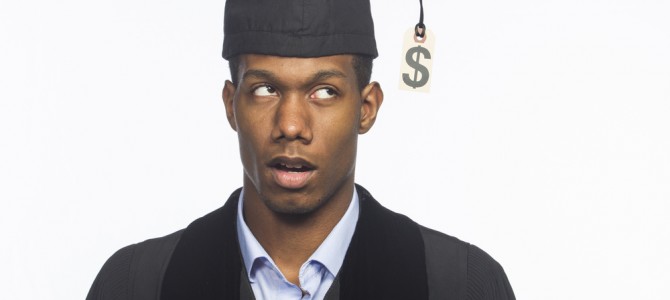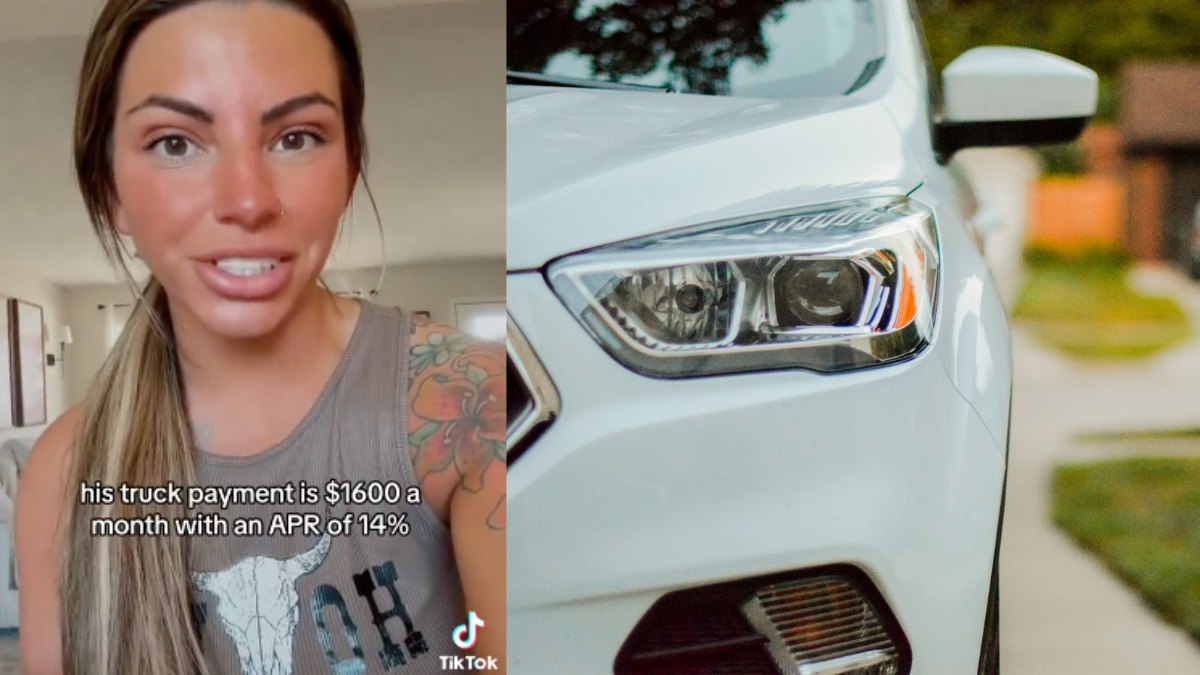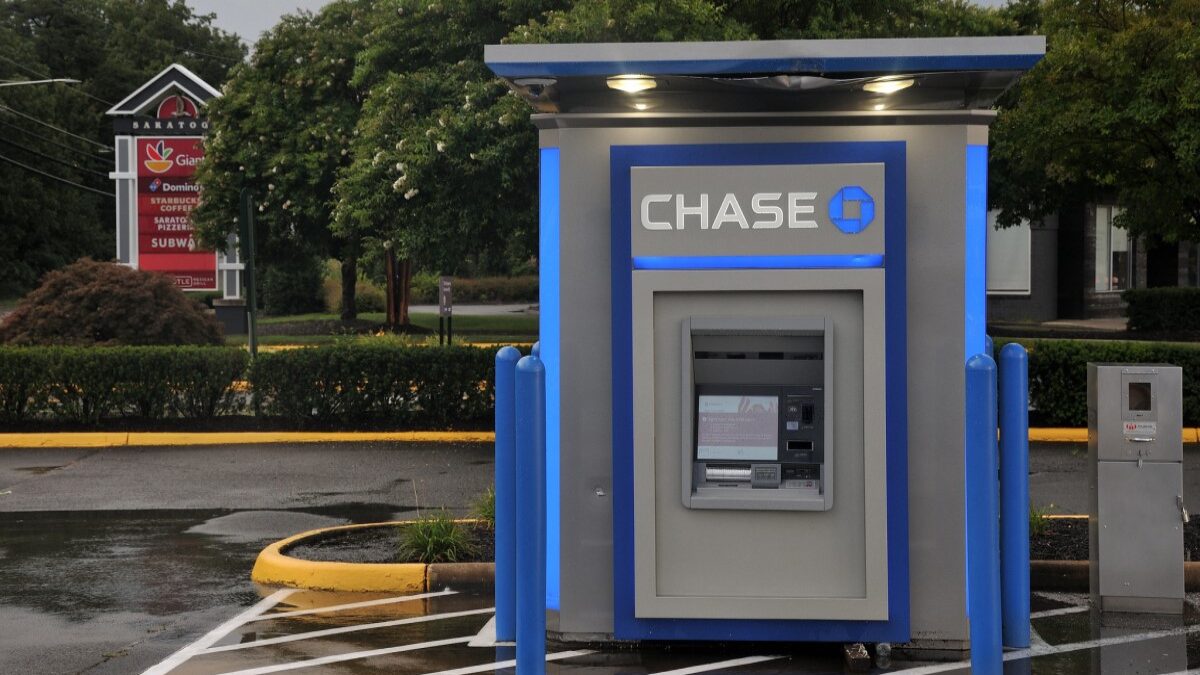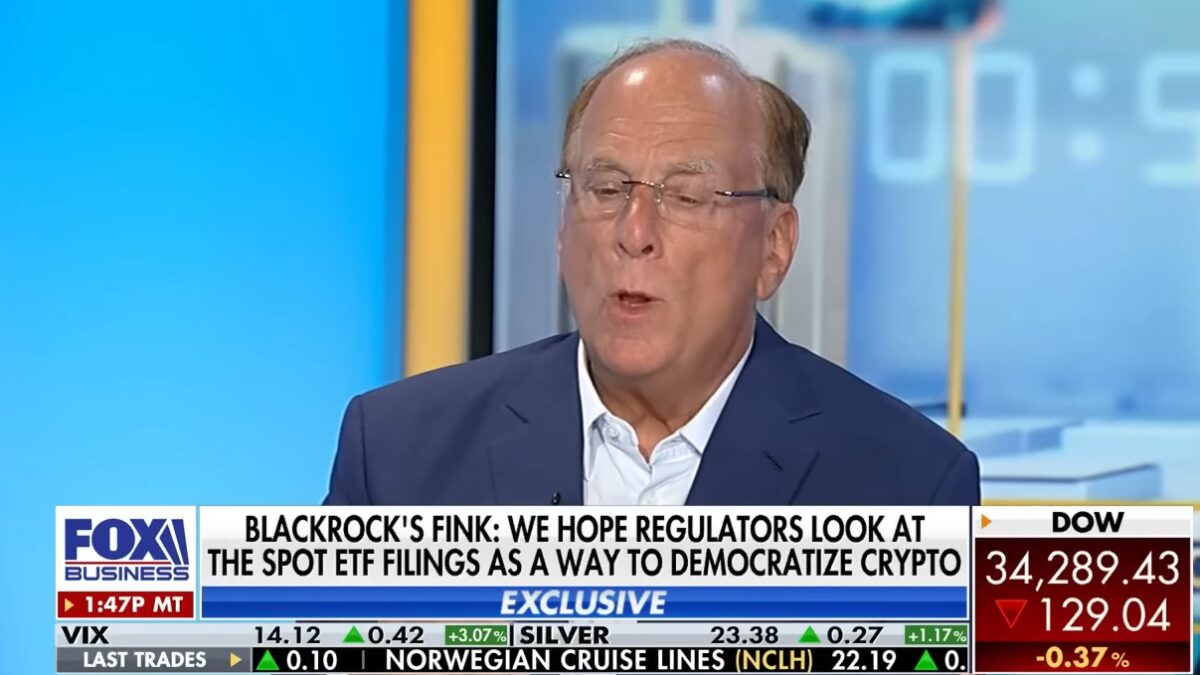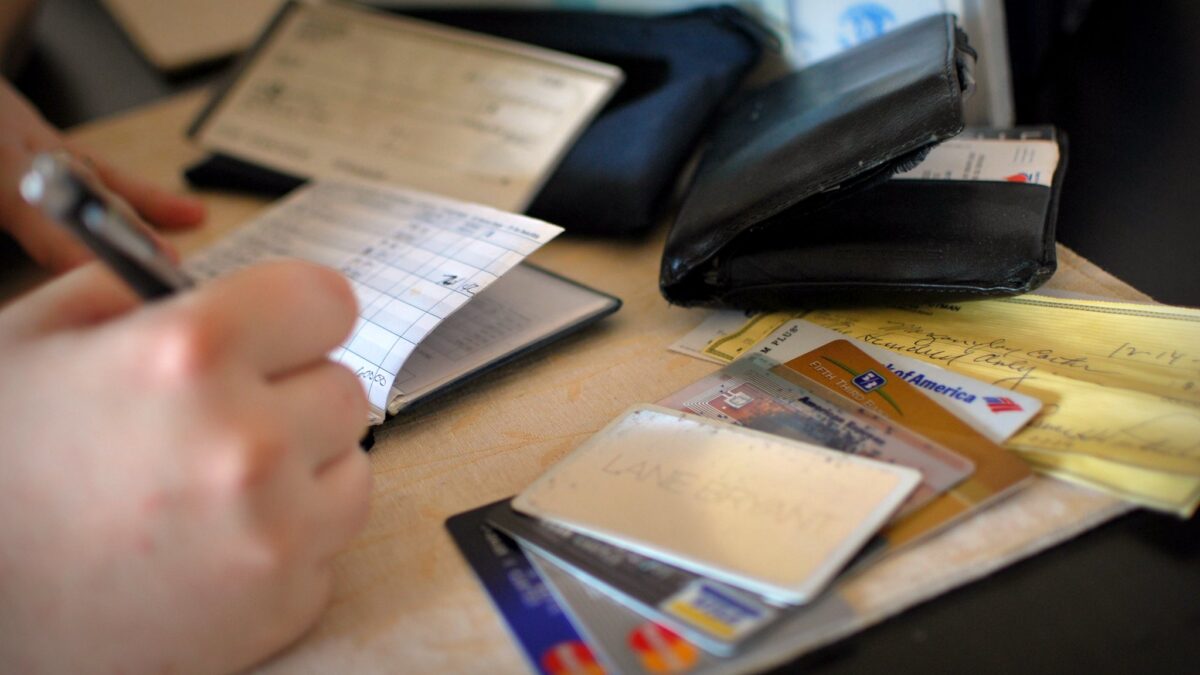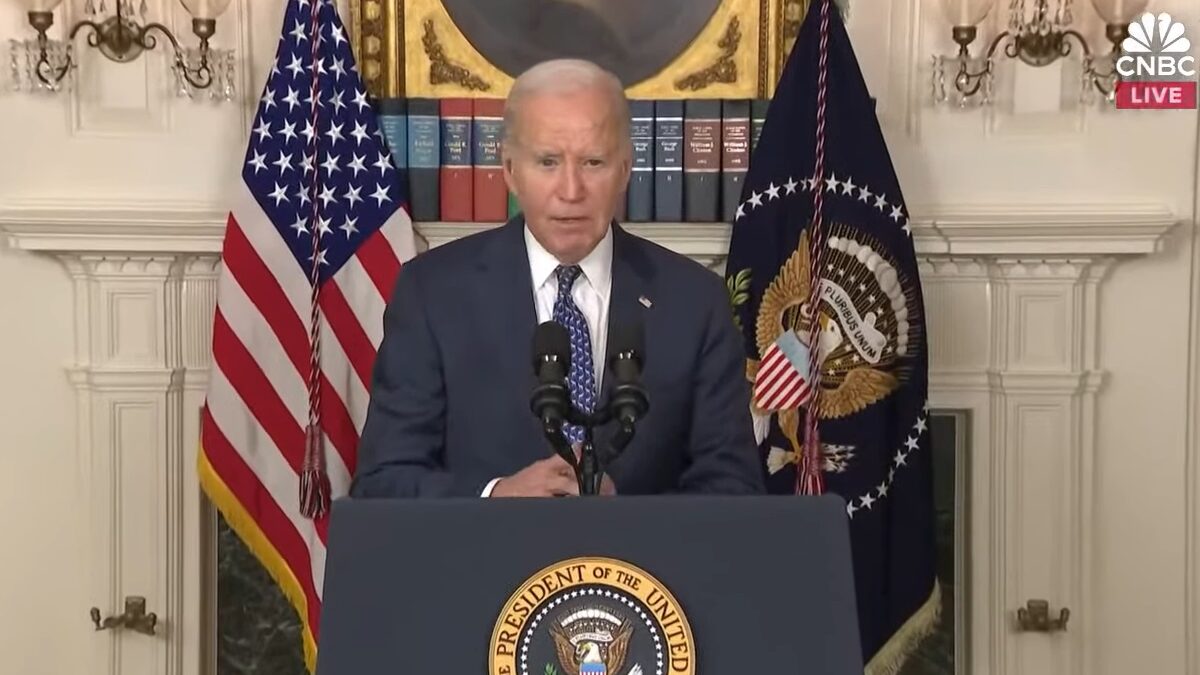Humans are known for being poor at learning from other people’s mistakes. Often, we think that just because most people have had a particular outcome, we will not because, somehow, we are different. This is how Americans borrow money, save money (or don’t), and keep bank accounts.
As inequality in the country grows, jobs pay less and education remains important, and the amount of money borrowed for education increases while safety nets decrease. Not only do life expenses continue to mount while people are in school, but every year after.
An increasing trend in America is the rise of the “underbanked.” Unlike the 7.7 percent of households in the United States that are completely unbanked—without any form of bank account—the underbanked are those that have a bank account, but poor access to traditional forms of financial services. These people often use cash and credit cards, and are known to fall prey to loan sharks, pawnbrokers, and other types of pay-day loans.
Life Startup Costs Increase
These trends are growing as more and more young people are taking out student loans that need repayment while they are still in the early stages of their career. For example, 66 percent of Generation Y (16- to 33-year-olds) have little to no credit track record because they have been unable to secure one. Further, those that do primarily have a credit record that indicates how much they have taken out in loans. These individuals and households tend to not have savings accounts, nor places to turn if they face a personal financial crisis.
Researchers at George Washington University School of Business contend, “While this generation is young, ambitious, educated, and optimistic, many Gen Y’ers lack adequate personal financial management skills. As a result, they face the grim reality of long-term debt related to higher education, expensive spending behaviors, and credit cards.” They believe that the lack of financial literacy and skills, in conjunction with rising costs of education, are to blame for 30 percent of Generation Y having two or more long-term outstanding debts—usually a student loan and either a mortgage or a car.
Being underbanked and owing large sums of money can do a lot to influence a person’s entire financial decision-making over his or her life. When debt begins early and interest accumulates, many begin to accept living with debt permanently. Credit cards allow Americans to extend their spending beyond their means, and are not outside the norm. Additionally, more than one-fourth of all Americans have no savings account. Of these, most are younger and poorer, and more than half would be unable to pay any bills within three months of losing their primary job, according to BankRate.com.
College Subsidies Aren’t Helping
Additionally, even for those who do not have to repay student loans, such as in the case of federal Pell Grants (the nation’s most expensive education program), students from poor families across America are given money that costs taxpayers billions, without guaranteeing them higher future earnings. Shockingly, the government did not collect data on the recipients of these kinds of grants until Congress required it in 2014. This means that, since 2000, taxpayers have spent more than $300 billion on Pell Grants with no tracking system to see if students even get a degree.
According to the Hechinger Report, “Pell grants cost taxpayers $31.4 billion in fiscal year 2015, more than double what was spent on them in 2007. Since then, the maximum award has increased by more than $1,200 per student per year and the number of students applying for the grants is up by 7 million.” All of these are poor students, all of whom are from underbanked families and underbanked themselves. As more and more Americans fall into the category of “underbanked,” concerns about the pending student loan crisis grow. Despite job security being on the rise, the persistent lack of jobs and poor pay scales for newly graduated students—whether from a four-year or two-year institution—mean people are having a harder time paying down their debts.
